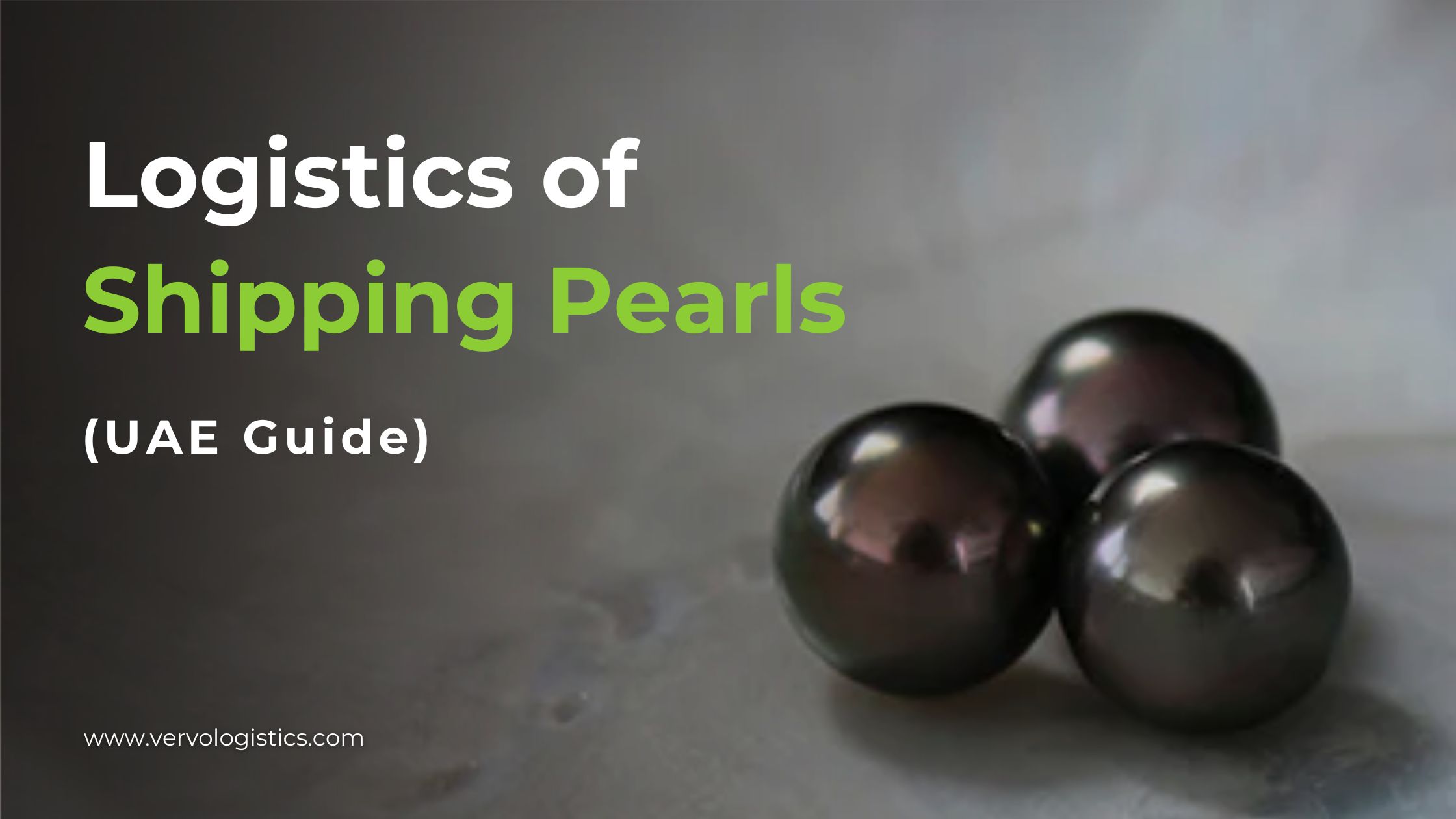Shipping is both a major cost factor and a customer pain point for e-commerce businesses. We highlight in this release key pricing and logistical strategies for e-shops to balance shipping expenses with buyer experience. ⬇️
I. Challenges With Shipping Costs For E-commerce
When it comes to balancing shipping costs with meeting customer expectations, e-shops face serious challenges that require strategic planning to manage both, particularly in the GCC region and across the whole Middle East. Some of the main evident challenges include:
- High Carrier Rates
Major carriers have complex rate structures and often charge higher prices for business shipments than individual packages. Base rates can be quite expensive, especially for heavier packages going long distances. Fuel surcharges, residential surcharges, and other fees also quickly add up. Small e-commerce businesses lack the shipping volume to negotiate significant discounts.
- Complex Rate Structures
In addition to high base rates, carriers offer a variety of complex discounts, surcharges, and exceptions that can be confusing to navigate. Determining the most cost-effective option requires intensive analysis and optimization. Most e-shop owners lack the time, resources, and expertise to fully take advantage of available discounts.
- Lack of Shipping Discounts
While large e-tailers can negotiate customized shipping contracts with major carriers, most small e-commerce businesses pay standard "published" rates. Without volume discounts, their shipping costs are much higher as a percentage of sales. This puts small sellers at a competitive disadvantage.
- Customer Expectations
Today's consumers have high expectations for fast, low-cost, and even free shipping. They are accustomed to options like Amazon Prime and will abandon carts or purchases if shipping costs seem too high. Online business owners must balance customer expectations with the need to maintain reasonable profits.
II. Strategies for Reducing Shipping Costs
✅ Smart Packaging
The first thing small e-Shops must think of is optimizing packaging to reduce dimensional weight. Carriers charge by both actual weight and dimensional (volumetric) weight. If your packaging is oversized relative to the contents, you get charged extra. Optimize your box sizes, packing materials, and fulfillment processes to tightly fit your products. How? For example, if you sell small, non-fragile products like clothing, switch from boxes to poly mailer envelopes or bags to save on shipping costs. Poly mailers take up less space on delivery trucks due to their smaller dimensions. They also require less packing material like bubble wrap and tape. Consider different-sized poly mailers if you ship orders with varying product combinations. Poly mailers weigh far less than boxes - just 0.03 to 0.4 ounces versus much higher weights for boxes. This reduces dimensional weight and overall fees. You also can add bubble lining to poly mailers if needed without increasing shipping costs. Other examples of smart packaging include using custom cartons, air suction for fewer voids, and strategic product orientation. At Vervo Middle East, we already analyze your current dimensional weight charges and identify areas for improvement, as part of the individual attention we give to our clients.
✅ Absorb Shipping Costs
The second thing to look into is your pricing strategy. Online businesses can employ pricing strategies to absorb shipping costs and reduce the impact of shipping on customers. Two options include:
- Offer Free Shipping with Minimum
Providing free shipping incentivizes customers to place larger orders that meet a predefined threshold. For example, offering free ground shipping on all orders over 150 AED encourages customers to add more items to hit that minimum. This allows the business to absorb shipping costs as part of higher overall basket sizes. Implementing tiered thresholds (e.g. free under X AED or free over X AED ) can further optimize order value.
- Build Shipping into Pricing
Rather than showing shipping as a separate line item, merchants can bake those costs directly into product pricing, allowing free or flat-rate shipping. This avoids shocking customers with high shipping fees during checkout. The risk is that upfront pricing could make products appear more expensive than competitors. Clear communication about the included value of shipping can mitigate such concerns. This strategy also provides flexibility to offer quick shipping upgrades as an added benefit during checkout, like expedited deliveries. By implementing this e-Shops can offer free shipping or a single flat rate for shipping. A single flat rate is a fixed amount for the shipping added to the order regardless of order size or destination. This simplifies pricing and is proven to encourage larger orders. You can also offer a flat rate by dividing your delivery region into different zones based on distance and charge a flat rate for each zone.
- Weight-Based Shipping
Rather than base rates on destination, some merchants charge shipping purely based on order weight. A 1 lb package can cost the same to Dubai as AbuDhabi. This benefits customers purchasing lightweight products, as delivery fees are lower. Merchants offset higher costs for heavier items by building that expense into the product pricing.
- Shipping Subscriptions
Offering free unlimited shipping for a recurring fee captures customer loyalty. You get a fixed shipping revenue stream while customers enjoy certainty around costs. Tiered subscription plans based on usage, such as how many shipments per month, provide flexibility. This works best for e-shops with recurring purchases and high retention.
- Slow Shipping Options
Providing cheaper but slower delivery like ground transport or economy shipping gives cost-conscious customers a way to reduce expenses. You save significantly on logistics expenses. This is ideal for non-urgent items. Fast shipping can still be offered as a premium upgrade option. Similarly, you can display a note to encourage your customers to place orders early especially during peak season or any high-volume events.
In all cases, to absorb shipping costs, e-tailers must analyze order data, purchase fallout, average shipping distance, average order value, and customer behavior with the help of an e-commerce data analyst. This helps with finding the right free shipping minimums and built-in shipping costs. Absorbing these expenses rather than passing them directly to customers can improve conversion and customer loyalty while not eating much from your profit margins.
✅ Use a 3PL provider
Partnering with a third-party logistics (3PL) provider, like Vervo Middle East, can give online shop owners access to more advanced shipping solutions and expertise. What does that include?
- Access Lower Negotiated Rates
Large 3PLs negotiate competitive discounts and incentives with multiple carriers based on their aggregate shipping volume. These savings are passed down to customers, with 3PLs typically guaranteeing 5-25% lower rates.
- Optimized Delivery Operations
3PLs offer consultation services to analyze shipping patterns, identify facility locations to minimize transit time and costs, assess packaging efficiency, and develop fulfillment strategies tailored to each customer's requirements. This expertise optimizes the entire shipping operation.
- Facilitate Returns and Reverse Logistics
3PLs support reverse logistics to efficiently handle returns, repairs, and even product refurbishment. Optimizing the location of return centers and inventory warehouses helps manage the growing volume of returns any e-commerce business potentially faces.
- End-to-end Services
3PLs can provide a comprehensive suite of logistics services tailored to Your business needs! This includes packaging optimization to minimize dimensional weight; Loading and unloading; Handling customs brokerage and paperwork to expedite international shipments; Real-time tracking and monitoring of shipments while in transit or warehoused; Securing cost-effective cargo insurance coverage; Providing flexible warehousing and inventory management; and facilitating last mile deliveries and white glove final delivery service.
3PLs allow online merchants to outsource their entire logistics operation beyond just shipping to an experienced provider. The end result is a streamlined, cost-optimized supply chain customized for e-commerce success. By serving as an extension of the merchant's team, a 3PL provides the logistics expertise, carrier connections, and technology needed to significantly enhance shipping capabilities and reduce costs. The personalized support model also differentiates 3PLs from the rigid structure of large carriers, helping you strike the right balance between costs and customer expectations.
III. Optimizing Your E-Commerce Shipping With Vervo Middle East
As you see, shipping can be one of the most challenging yet impactful factors for e-commerce success. But you don't have to figure it out alone. Vervo Middle East offers customizable 3PL solutions tailored for online merchants.
For a reliable end-to-end logistical solution customized to your business needs, contact our team today! Our offering includes, but not limited to:
- Warehousing and distribution.
- Cargo tracking and monitoring.
- Customs clearance.
- Cargo insurance.
- Specialized last-mile deliveries.
📩 Send your request to




